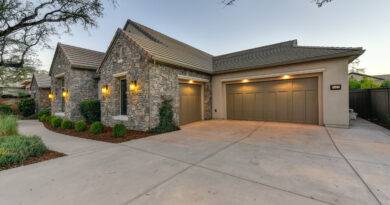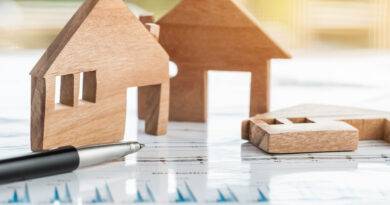Framing Lumber Prices
The framing lumber composite price increased 1.4% for the week ending on Nov. 15, marking the seventh consecutive weekly increase and reaching its highest level since August of 2023. Lumber prices are now 19.8% higher than they were one year ago.
NAHB continually tracks the latest lumber prices and futures prices, and provides an overview of the behaviors within the U.S. framing lumber market. The information is sourced each week using the Random Lengths framing lumber composite price which is comprised using prices from the highest volume-producing regions of the U.S. and Canada. A summary of other wood prices, including plywood prices, is included below.
Prices and Trends in the U.S. Framing Lumber Market
Summary of the week-to-week lumber prices and plywood prices for the week ending Nov. 15, 2024:
- The Random Lengths framing lumber composite price increased 1.4%.
- Prices are 8.8% higher than last month, and 19.8% above where they were one year ago.
- The price of lumber futures rose 2.1%.
- Prices are up 8.8% from a month ago and 5.7% higher than they were one year ago.
- The structural panel composite price was up 0.9% from the previous week.
- OSB prices increased 3.7%.
- Western Fir plywood prices were flat.
- Southern Yellow Pine plywood prices were down 0.3%..
Impact of Wood and Lumber Prices on the Cost of a New Home
In addition to narrowly defined framing lumber, products such as plywood, OSB, particleboard, fiberboard, shakes and shingles make up a considerable portion of the total materials (and cost) of a new home.
Surveys conducted by Home Innovation Research Labs show that the average new single-family home uses more than 2,200 square feet of softwood plywood, and more than 6,800 of OSB, in addition to roughly 15,000 board feet of framing lumber. Softwood lumber is also an input into certain manufactured products used in residential construction — especially cabinets, windows, doors and trusses.




